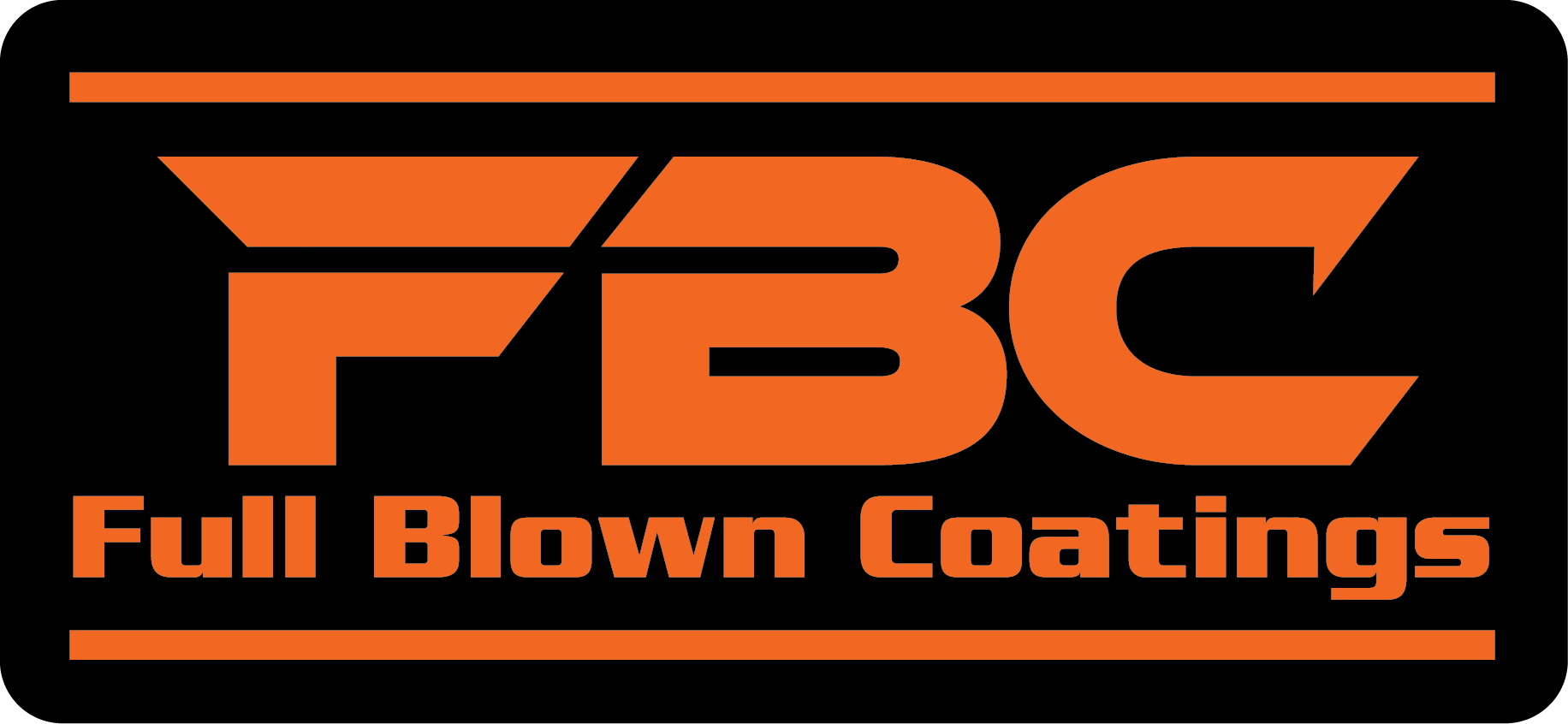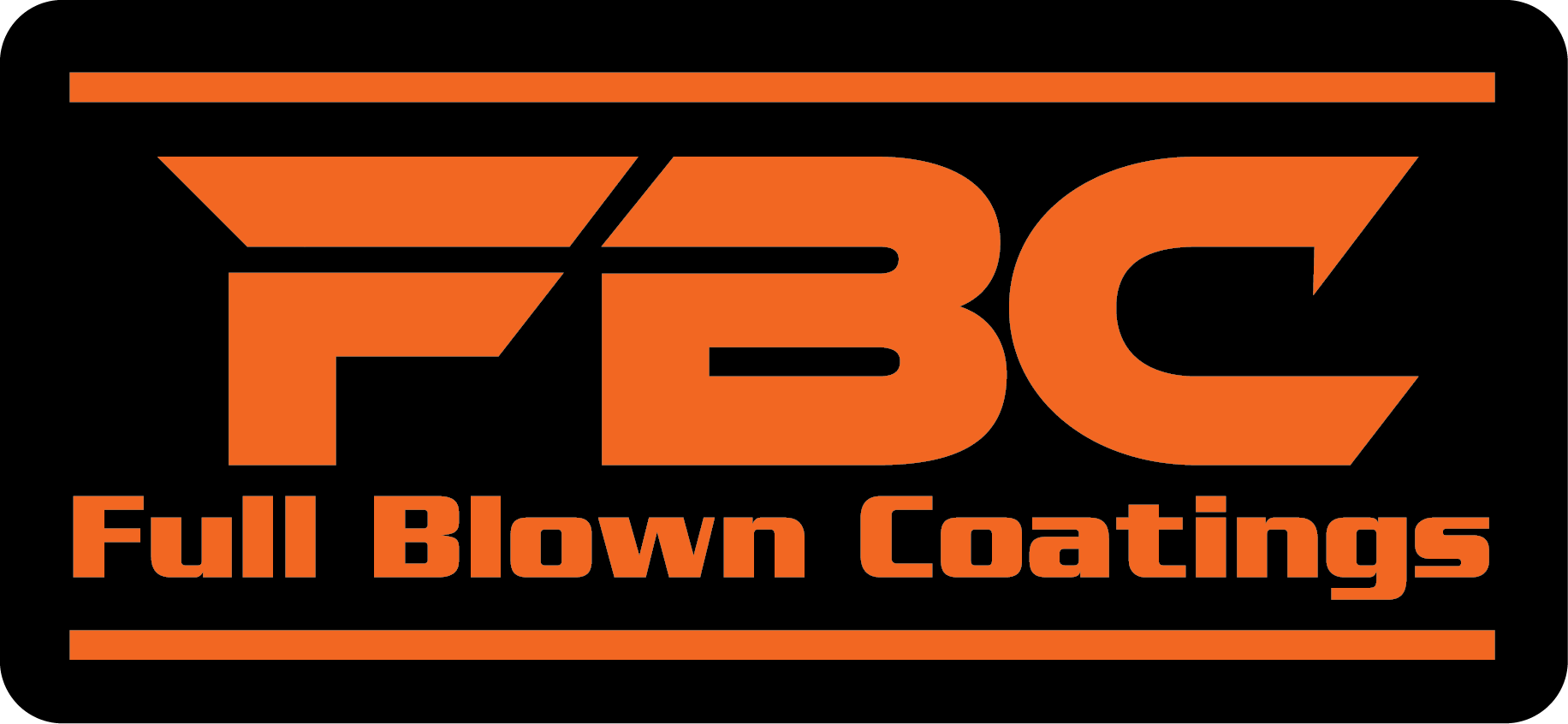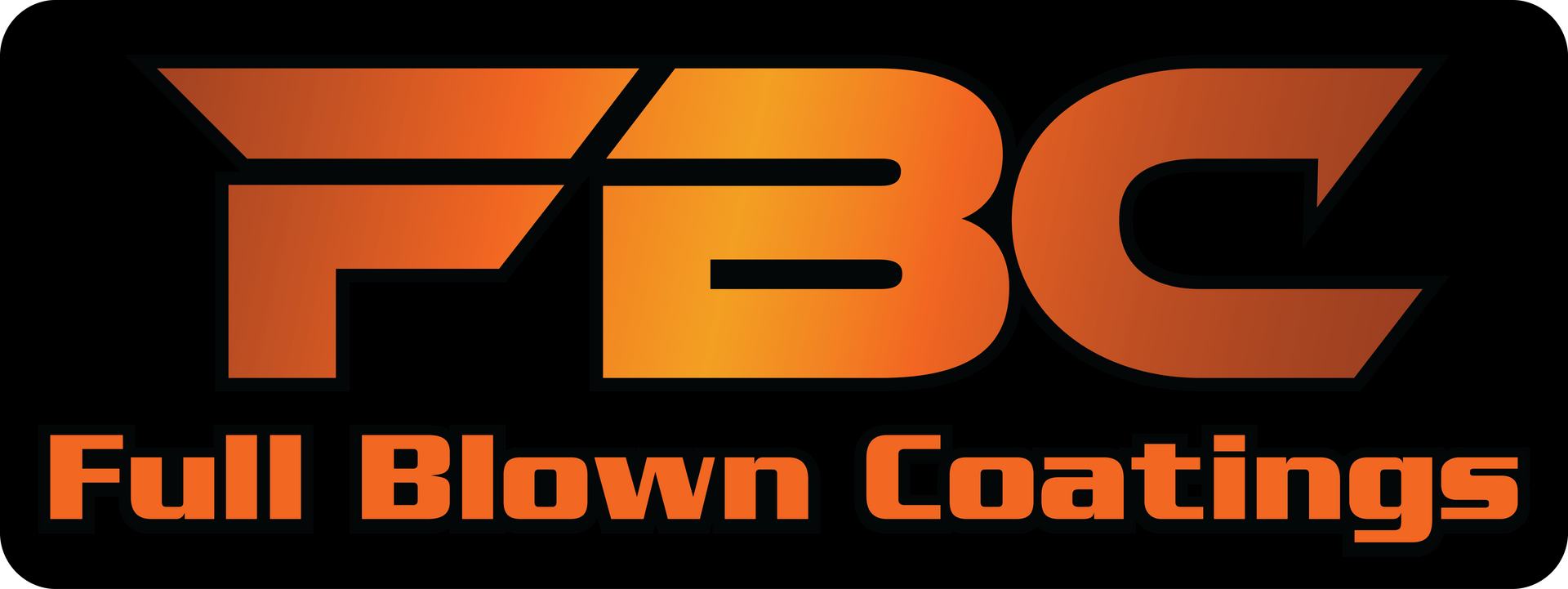How Powder Coating Works
How Powder Coating Works
Powder coating is a type of protective finish that is applied as a free-flowing dry powder. The powder itself is a base of: resins, pigments, leveling agents, flow modifiers, and other curing agents. These ingredients are melted, mixed, cooled, and ground into a very fine powder, that is similar to baking flour.
During the coating process, the powder is fluidized to separate the individual grains of powder and improve the electrostatic charge of the individual particles. This causes an attraction between the powder and the part to be coated, which is grounded. The powder is then applied with an electrostatic spray gun and because of the attraction between the charged particles and the grounded part, the powder is better distributed– increasing the efficiency of the coating process.
After applying the powder, the parts are moved to a curing oven at 350-400 degrees, where the coating chemically reacts to produce long molecular chains, resulting in high cross-link density. The powder flows out, bonds, and cures to the surface, without running or sagging. This advanced method of coating creates a decorative and protective finish, that is tougher than conventional paint.


